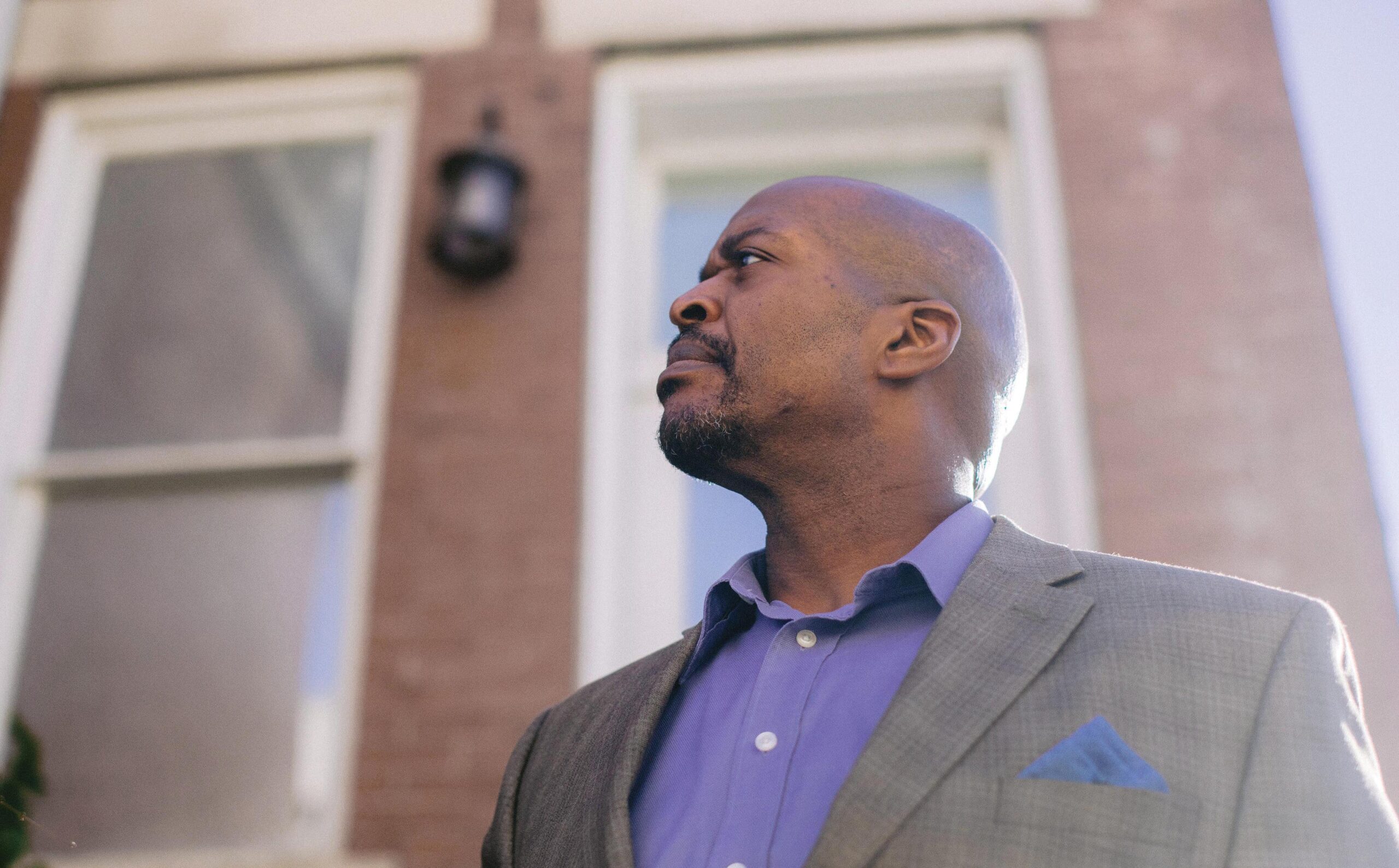The primary question that occupies my mind right now is re-opening. I’m not alone. The NBA has a task force, just like every small business. Joe Biden is safely planning. Mark Cuban is willing to help. Google searches for “antibody test” are soaring. I’m watching for clues. I feel like I now know Dr. Fauci and Dr. Birx (fan of the scarves), and can anticipate who is going to take the path of data, realism or confidence during the White House briefings. The White House and CDC have an Opening America Again page. The reality is, no one can stare into the camera and say, “trust me, I’ve been there before.” Unlike these groups, I am primarily thinking how and when church congregations will meet in person again. My pastor, Mike Woodruff, captured my imagination with an analogy he heard that helped me envision re-entry — maybe it will be helpful for you. Sharks near the beach. Can you see it? Everyone but first responders flee the water, then watch apprehensively. When the immediate danger appears to be gone, people on the beach have a choice to make regarding re-entering the waters. Lifeguards serve local swimmers and surfers with a series of warnings and practical advice about sharks in nearshore waters. They do their best to say when and how to re-enter. I don’t know who the authoritative voices will be or exactly what they will say, but I think the analogy works.
4 reasons this analogy works
- You don’t see the sharks until it is often too late. Damage has been done. Chinese government responses and WHO predictions aside, for most of us, the asymptomatic nature of the virus makes it hidden below the surface. When the fin shows up, it’s too late and you hope for the best.
- Most encounters with sharks in the water are scary, but not deadly. As the models show the U.S. mortality rate is closer to one-third of Spain or Italy, people have experienced higher fear and lower deaths. All death is awful and grievous, but the numbers are trending the right way. The lower percentages, at minimum, tell the testimony of the brave medical workers, however, fear will leave a psychological residue.
- You never know when the shark will come back, and if it does, it might create more damage than the first time. Everyone is holding their breath for wave two of this virus — Americans will likely see this across the world before it comes to our shores.
- The places that experience brutal shark attacks will require more time to re-enter than those who experience a shark sighting. The reality is that the closer this gets to your own experience will directly impact your willingness to re-enter.
Reasons remain why this analogy might help churches think through reentry. Your imagination can fill in the blanks. I also acknowledge fear drives this comparison. As Dave Bindewald says, fear and curiosity both get their power from the unknown, and we want to starve our fears and feed our curiosities right now. I’ll shift to some re-opening assumptions that might feed curiosity.
4 things to consider about church re-entry
Rethink local church patterns
The bell curve can be our friend. Lifeguards will tell you that after a shark, 10-15% of those on the beach will jump back in the water as soon as it’s okay to do so (or before if they get restless). These innovators will likely have small gatherings with new delivery for music and message. The standard deviations show the largest group will watch to see if early adopters get attacked, and then will gradually, cautiously join. A late majority will eventually jump in when fears reside, while others will not re-enter, preferring life on the beach. This likely means running parallel church experiences in person and online. To be with your congregation, you will have to be in multiple places. You maybe thought you were a single-site church; you will likely be multi-site for the next year or so. How can we do this well?
Navigate finances and budgets with transparency
Budgets will not be our friends. Stimulus aside, the economic volatility and massive jobless issues are not exactly the hope of CFOs or executive pastors planning next year’s giving or expenses. Priorities will fight for funds. Global partner needs and local staff salaries will clash for many churches. If GDP drops 20 percent, churches will not spend like last year. This likely means over communicating and explaining why you take the actions you do. How can we increase our church’s financial transparency for the good of all?
Serve the vulnerable
Some of your church’s best friends will be absent. I had a deacon at my first church who had not missed a Sunday in two decades. He was over 70 years old. The guidelines for surfers near shark waters say, “Do not enter the water if you have any type of open wound” (high risk individuals). This likely means a group of people will need to stay home until vaccine season, even from the resourceful micro-church offerings. How can we creatively invest in this group, and not shame them into attendance?
Let your graciousness be known to all
Lastly, friends will rightly disagree on re-entry. There is a difference in a shark sighting and a shark attack. Every community will handle re-entry differently and I think that’s a good thing. Fear of death is different from death in fear. Some communities will feel economic pain more than personal loss. In the same way there will be “early adopter” individuals at your church, there will be early, majority, and late adopting churches. This likely means local church-based decisions, not denominational or state or regional authorities are best positioned. Wear masks and gloves, probably. Check temperatures at the door, okay. But also, be careful who you compare your re-entry practices to. Pastor your church. Think local. How charity might guide disagreement?
Remember Jesus
In his book Strong and Weak, Andy Crouch examines human nature and the drift toward lives of safety and authority. Instead, he invites people to embrace a life of meaningful action and meaningful risk concurrently. In the final chapter, he writes, “Good leaders, and friends, increase our authority (meaningful action) and vulnerability (meaningful risk), even while they carefully assess how much authority and vulnerability we can stand.” The frame for this quote stems from his family’s ropes course experience. All the fears and anxieties it takes to climb, balance, and jump into air (action and risk). They were guided past their fears and given help to navigate the obstacles. Pastors will be asked to do this, safely.Then, this is the line I love. He writes, “We needed his voice from the forest floor, coaching us further than we could have gone. We needed someone who had already gone where he was asking us to go.”
This much we know, Jesus said, come and follow me, I will make you fishers of men — even among sharks. Jesus says to preach the Word in quarantine and in re-entry. He whispers, “Trust me, I’ve been there before.”




